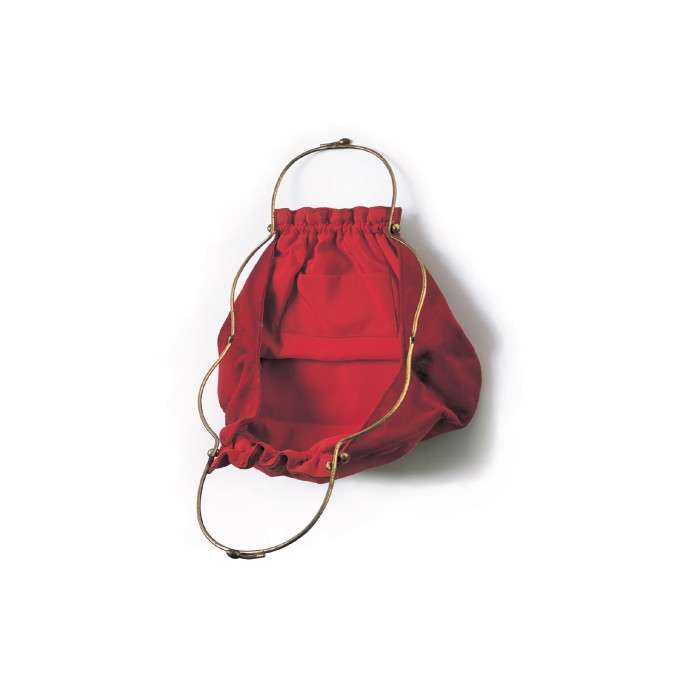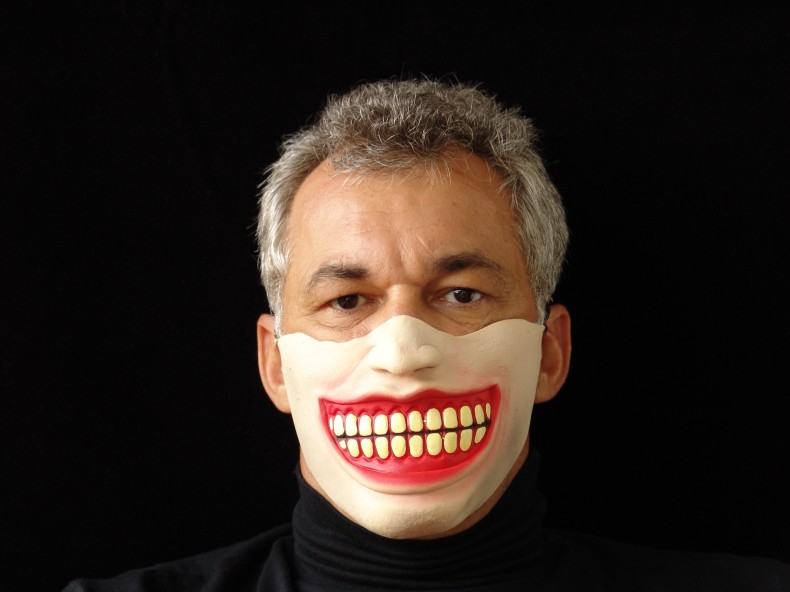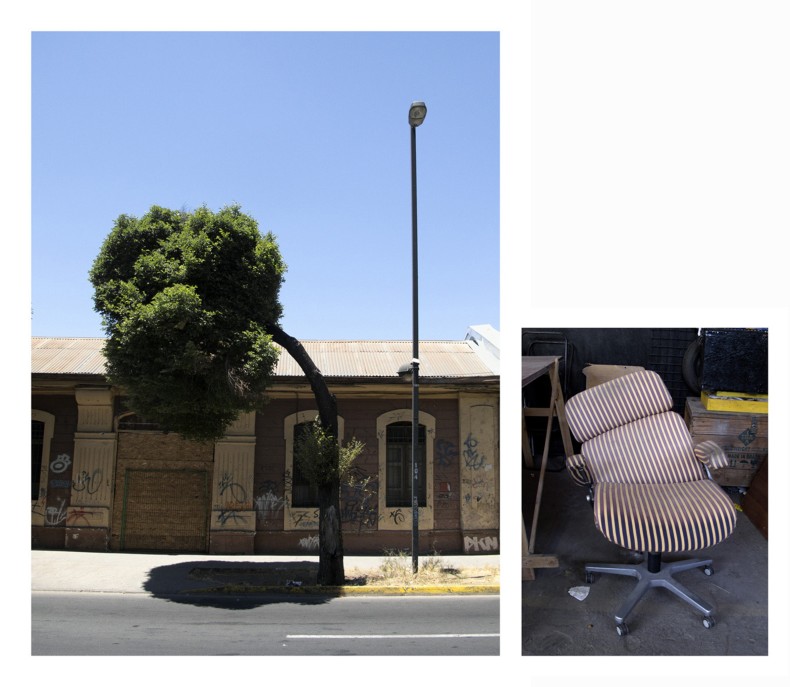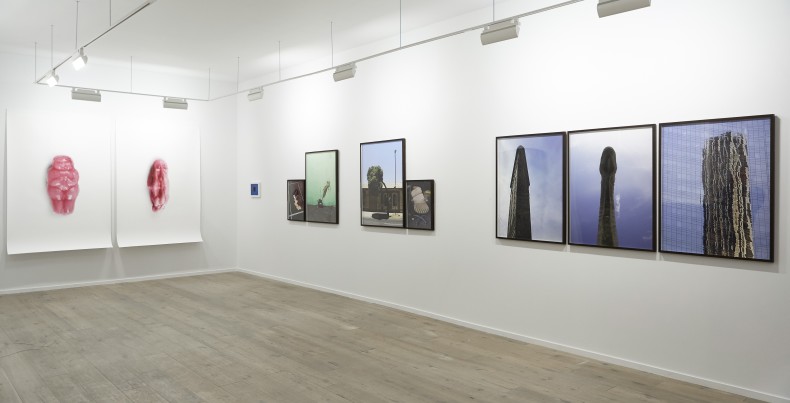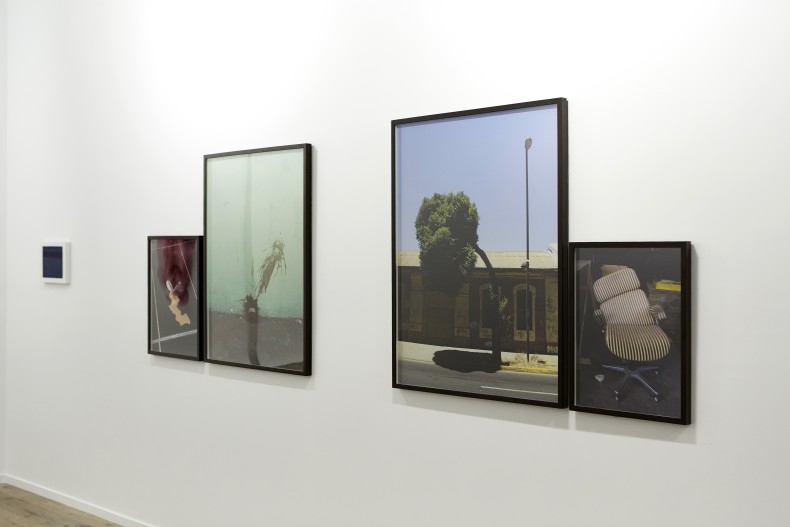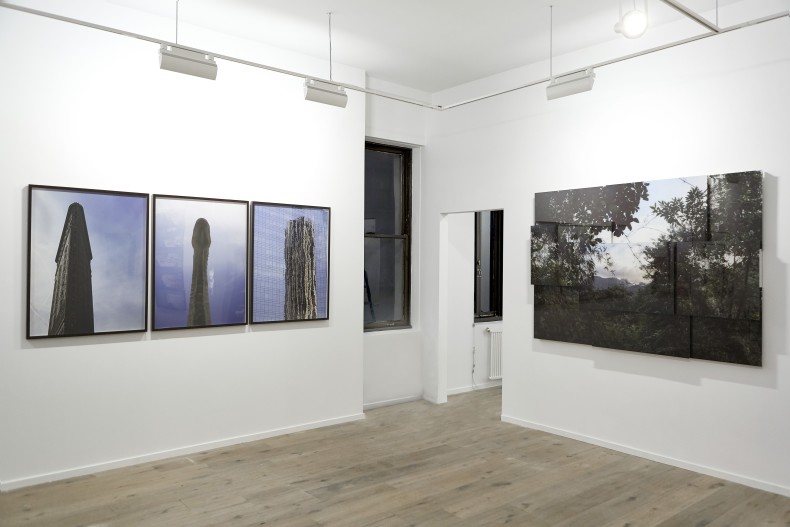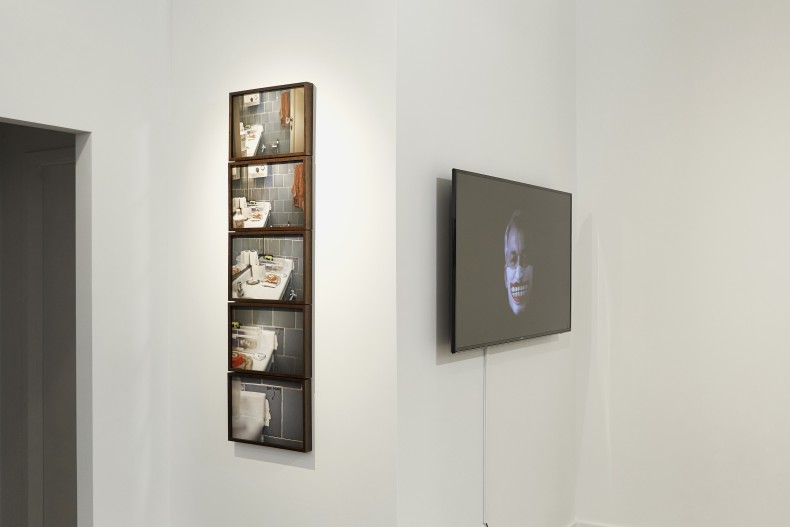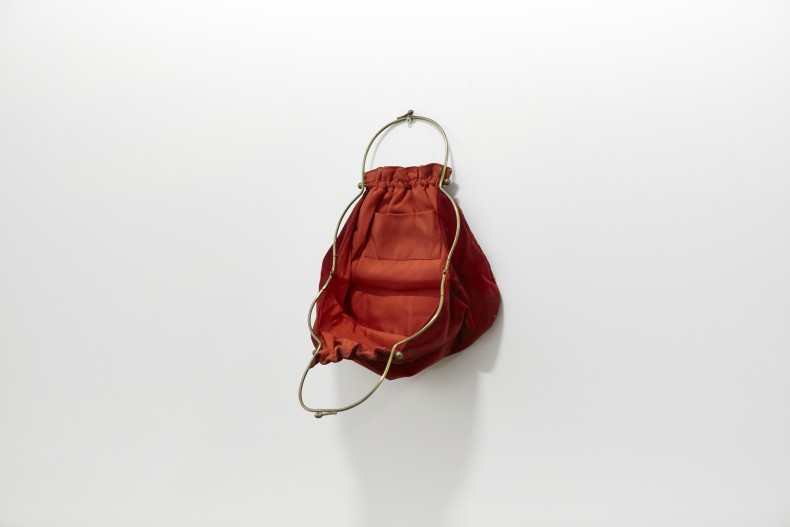Opening its new venue in New York, Galeria Nara Roesler presents Marcos Chaves, a selection of 30 pieces including photographs, installations, and videos, spanning 25 years of the artist’s work.
The featured artworks highlight Chaves’ unique perspective as he captures and spins visual chronicles out of images found in cities, especially Rio de Janeiro, where he lives. With a vocabulary built on humor and chance, the artist draws commonplace objects, everyday scenes and landscapes out of their logical contexts to subvert established angles and provoke different narratives. “Marcos Chaves unearths the meanings and values that underlie mundane things, disguised by habit or convention. He carries out unpredictable displacements and produces parodic assemblages to convey his razor-sharp observation of the world, from technology to trash,” says Brazilian critic Ligia Canongia.
Humor is the catalyst for Chaves’ work; he relies on multiple visual registers to criticize the blindness with which run-of-the-mill things are seen when under the sway of social-cultural convention. For him, the process of creating an artwork can consist of picking an ordinary object out of its functional environment, combining it with other objects, contexts or references, and then exhibiting it with unexpected captions. “It’s astounding that despite centuries of debate, distinction between laughter and seriousness can only be made through opposition. Humor, as a sincere intention, can be a concise, undogmatic, rather consequential political attitude,” the artist ponders.
In the urban realm, Chaves depicts spontaneous popular interventions such as road hole signs built with off-the-cuff objects (Holes series, 1996/2014), or else he captures the exquisite poetry in tipper-over cans of paint (Untitled, 2012/2016), an insect’s shadow on a wall (Dancing spider, 2016), or the colorful luminance projected on ordinary sidewalk tiles (Untitled, 2012).
His ironic streak jumps out in images like the phallic photocomposition of three skyscrapers (Untitled, 2016), the diptych that couples the unlikely growth of the crown of a tree with a functionless chair (Santiago series, 2012), the photo of a worn-out rope laid out as a G clef (Untitled, 2016), or the video that implies the tragicomedy of a smile (Laughing mask,2005)
“Evoking a noise-ridden world in his work, Marcos Chaves is above all things interested in the willingness to see what’s given to everyone – ordinary life – as if it were the first time, over and again,” says Moacir dos Anjos
